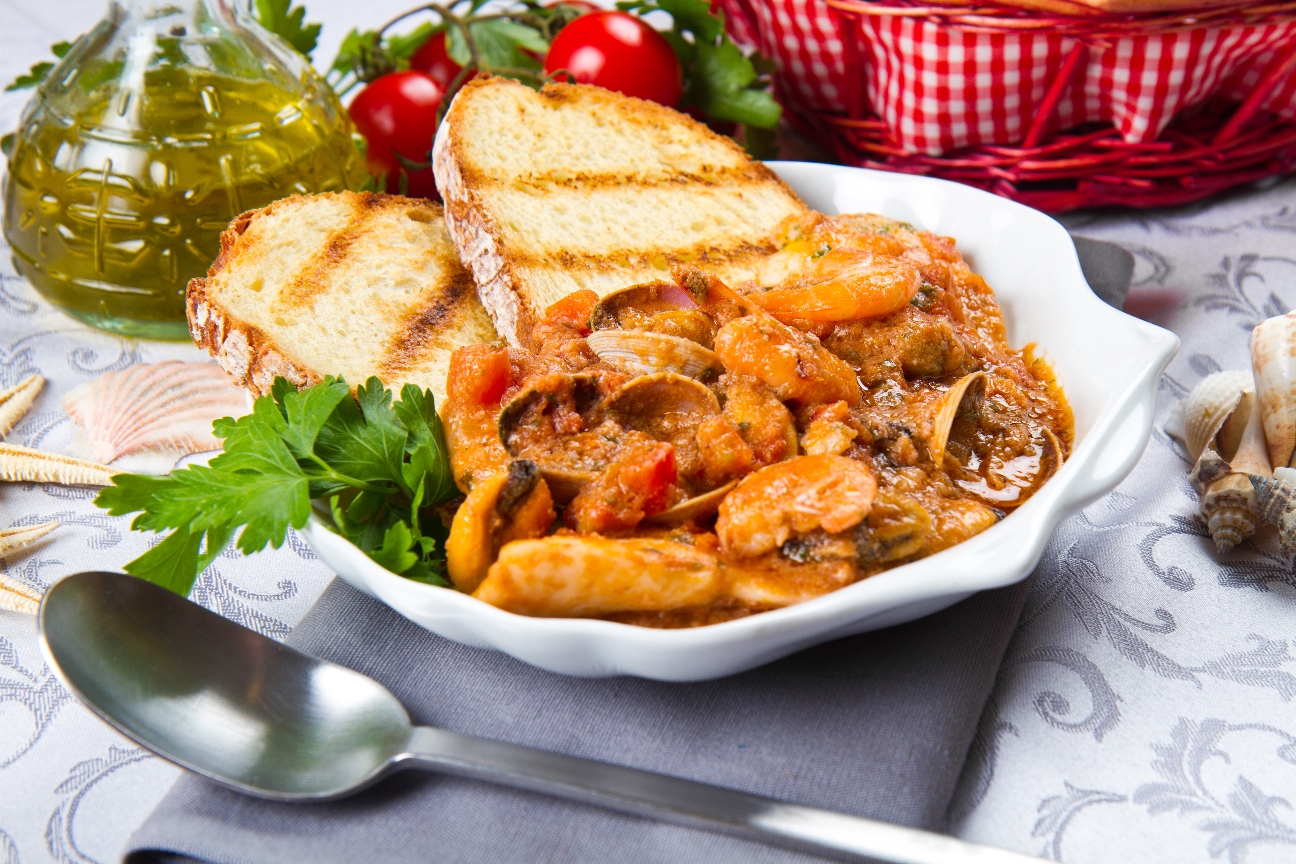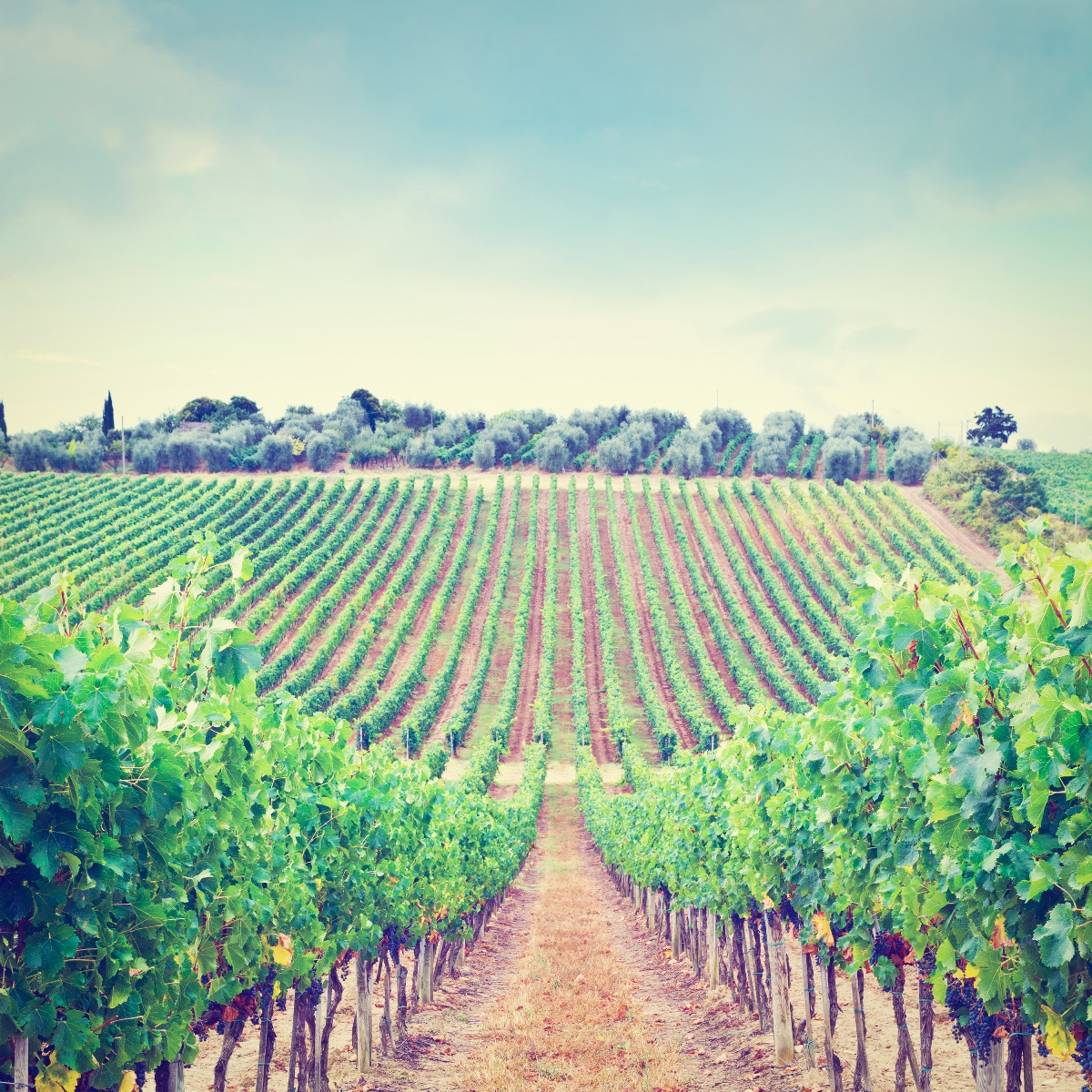One of the great joys of traveling through Italy is discovering firsthand that it is, indeed, a dream destination. – Debra Lavinson
There are a few places in the world that inspire the kind of travel lust that Tuscany does.
Italy is a dream that keeps returning for the rest of your life – Anna Akhmatova
This central Italian province has a magical combination of culture, food, people, landscapes that looks impossibly idyllic in the tourist brochures, but the reality really does match up with the sun-drenched images. On my first trip to Tuscany, nearly two decades ago, I fell in love with the sun-drenched olive groves, golden wheat fields, vineyard-covered rolling hills, medieval villages, beautiful frescoed churches and the warm and wonderful Italians who are proud to share their special corner of the world and seductive lifestyle. It’s not hard to understand why entire travel shelves in bookshops are dedicated to tomes about expats packing up their lives at home and decamping to Tuscany for the rest of their lives.
I’ve gone back to Tuscany as often as I can over the years, and each trip has been about discovering more of a place that seems to be filled with endless treasures. My visits usually start in Florence, the Renaissance city that is home to exquisite churches that make your heart soar and art galleries filled with many of the world’s greatest masterpieces by Michelangelo, Botticelli and Titian, which never fail to transport me into a state of sublime art bliss. Meanwhile, Siena, the world’s best preserved medieval city, has always enchanted me with its Gothic buildings, breathtaking cathedral and its scallop-shaped central square where the Palio, a bareback horseback race, takes place every summer.

And with every great meal in Tuscany, there is wine. Around Florence and Siena, Chianti, Tuscany’s largest wine region, produces world-famous red wines made from the Sangiovese grapes, and the hills of the area are dotted with countless wine estates, from tiny boutique operations to sprawling castle properties. I’ve drunk wine in ancient cellars that were once church crypts, in a tiny village where wine runs through pipes under the streets, and at wineries that have been producing bottles for hundreds of years. And behind each wine there have been stories that entwine the lineage of noble families, Renaissance-era legends and local lore, making me feel like each sip is a taste of Tuscan history.
This really is the true delight of Tuscany – that its history seems connected to everything: its landscapes, people, culture, food and wine. In many ways the way of life here – just like the rows of grape vines striping across the hills – have remained unchanged for centuries, something that I’m constantly reminded of when you travel around. There’s a timeless quality to Tuscany – the sense that the vineyards, villages, rows of cypress trees have always been here and always will. In an increasingly globalised, fast-paced, constantly modernising world, spending time in Tuscany feels like an antidote to contemporary life.

As much as I love the art and culture of the cities, Tuscany for me has always been more about exploring the postcard-picturesque countryside. I love staying in agriturismos – farmhouses on working farms surrounded by orchards and olives – spending my days driving on small winding roads that lead through undulating hills crisscrossed with the dark lines of cypress trees to reach sleepy little villages (my favourites are Radda and Castellina in Chianti) and beautiful old crumbling monasteries such as Badia a Coltibuono, going hiking in thick forests full of wild boar and deer, and having long siestas (as the Italians do) to a soundtrack of whirring cicadas.
Then of course, there’s the food, which on its own is enough reason to travel half way around the world for. Like every different area in Italy, Tuscan food is strongly regional, with traditional dishes made with local ingredients spanning the range of pappardelle pasta covered in porcini mushrooms, a soup of stale bread, tomatoes and garlic called pappa al pomodoro (which is more delicious than its simplicity belies), hundreds of types of pecorino – sheep’s milk cheese – and for dessert, cantucci almond biscuits with vin santo, a sweet Tuscan wine. It hasn’t mattered whether I’ve eaten Sunday lunch with the family who owned the country farmhouse I was staying in, in a humble trattoria or a fancy restaurant, the care and given to food comes across in every mouthful.

Highlights of Tuscany
Feast on the art of Florence: see Renaissance treasures (such as Botticelli’s Birth of Venus and Titian’s Venus of Urbino) in the Uffizi Museum (tip: book an online ticket ahead of time to skip the enormous queue) and Michelangelo’s David sculpture in the Galleria Dell’Accademia.
See Siena’s dazzling cathedral, which was built in the 13th century and made up of contrasting white and dark green marble, and contains a treasure trove of Tuscan art, from the 56 mosaic panels set in the marble floor to the giant Renaissance frescoes.Cycle around the monumental old walls that surrounded the beautifully preserved city of Lucca.
Climb the towers of the medieval hilltop town of San Gimignano for some of the most spectacular views of classic Tuscan countryside scenery.
Do a wine tasting in a famous Chianti winery, such as Brolio, an imposing 12th century castle, or at the six-century old Vignamaggio, one of Tuscany’s oldest estates, which has a beautiful Renaissance villa and gorgeous manicured gardens where the 1993 Kenneth Branagh film ‘Much Ado About Nothing’ was filmed.
